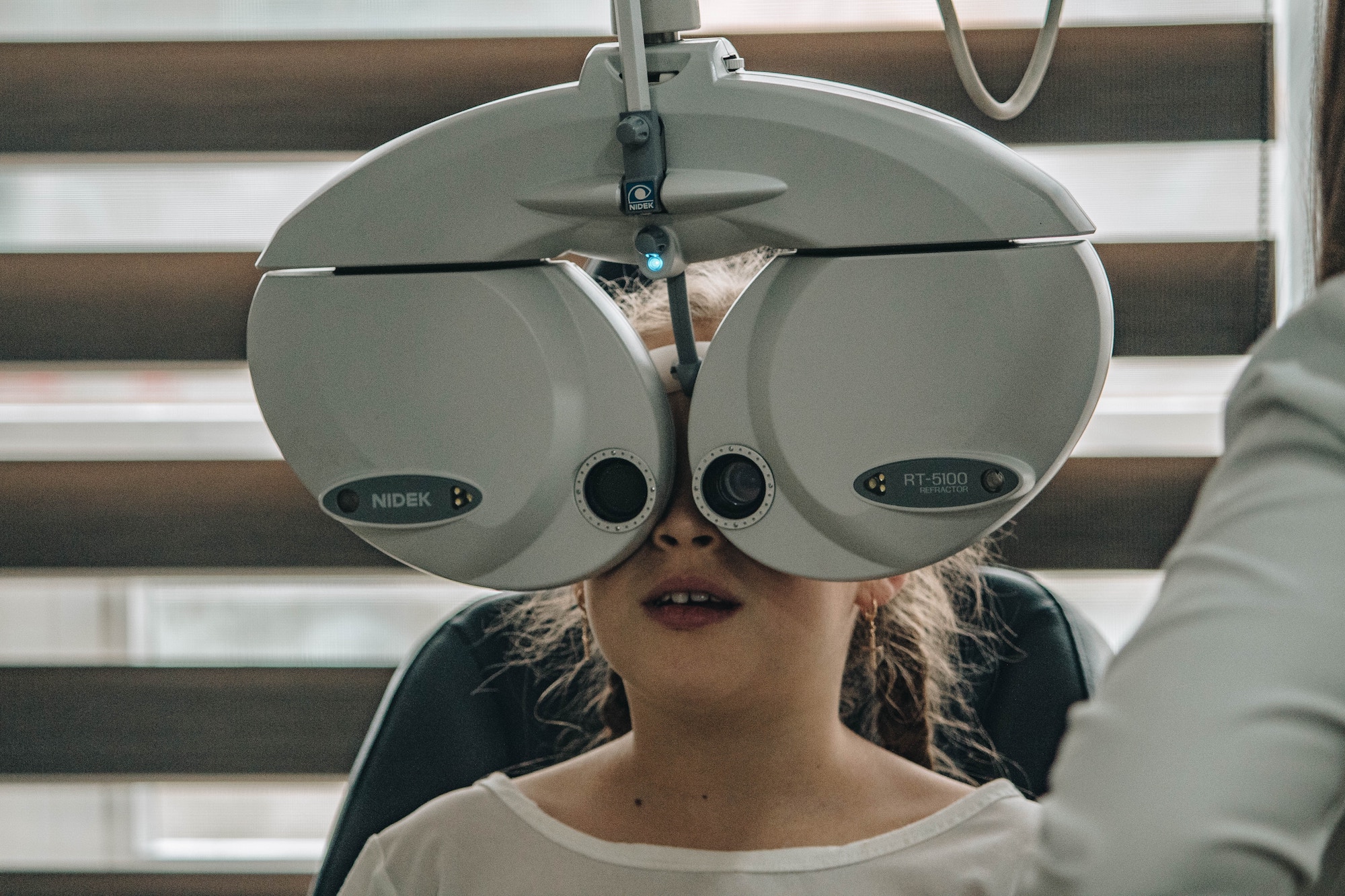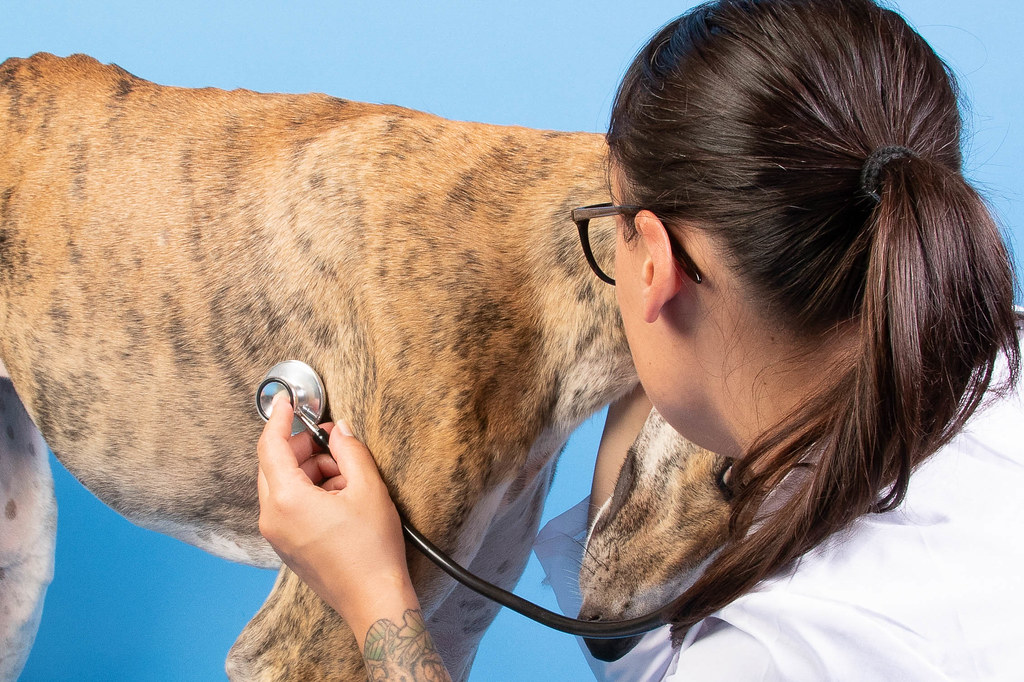Access to preventative ophthalmic care is not as widespread as it should be, particularly among lower-income communities. Recent statistics indicate that one out of every five children in the United States has vision problems. However, according to a 2016 report from Project HOPE, an international healthcare organization, children in less-affluent households are significantly less likely to receive preventative eye care than those in higher-income families. The shortfall of care had a measurable and considerable impact on participant health outcomes; researchers estimated that within the study’s scope of 900,000 children, an absence of preventative treatment resulted in nearly 13,000 overlooked cases of strabismus (crossed eye) and above 5,000 of amblyopia (lazy eye) over a ten-year period.
Missed diagnoses are troubling in any context; however, given that so many ocular conditions require early intervention, they are particularly problematic in pediatric ophthalmology. If caught early, conditions like strabismus and amblyopia can usually be rectified through use of glasses, contact lenses, vision therapy, or — in severe cases — eye muscle surgery. If overlooked and left unchecked, though, these problems can lead to permanent and uncorrectable vision loss — as well as other, less readily diagnosable issues. In 2016, the National Academies of Sciences, Engineering, and Medicine released a report stating that childhood vision impairment can be a root cause for developmental, academic, and social concerns later in life, further noting that these vision-caused challenges often contribute “to inequities that already affect populations with lower socioeconomic status and poor health.”
Conversely, increasing childhood access to low-cost preventative ophthalmic care and catching ocular conditions early could mitigate some of these pervasive, nonmedical concerns. Researchers for one study published in the Journal of Policy Analysis and Management in 2018 found that overall, vision-impaired students who received free eye exams, screenings, and eyeglasses tended to see gains in their standardized test scores, for instance. If paired with other supportive measures, the increased academic achievement that better ophthalmic care facilitates could ultimately empower students to pursue more higher-education opportunities and seek higher-paying jobs.
However, the socioeconomic and individual benefits of early-intervention ophthalmic care can only come into play if low-income children have access to preventative services. While the US Preventative Services Task Force currently recommends that all children between the ages of three and five should be screened for vision conditions at least once, many do not. In a 2018 report, the USPSTF noted that children whose families earned 200% or more of the federal poverty line were more likely to have undergone a vision screening than those in families with lower incomes. A lack of insurance also stands as a significant barrier to care for some families, given that uninsured patients are less likely than those with any form of coverage to receive preventive services in a timely manner. The base affected by a lack of insurance is small but significant; according to statistics provided by the Kaiser Family Foundation, 5% of children and 12% of nonelderly adults in the US lacked health insurance in 2017.
Access to preventative ophthalmic services — and, though it may be the subject of another blog, primary preventative services — for low-income children is decidedly underwhelming. As we move forward, those in the health care sector should take strides to integrate more low-cost screening services into public schools and ensure that parents have the resources they need to obtain timely ophthalmic care for their children.






